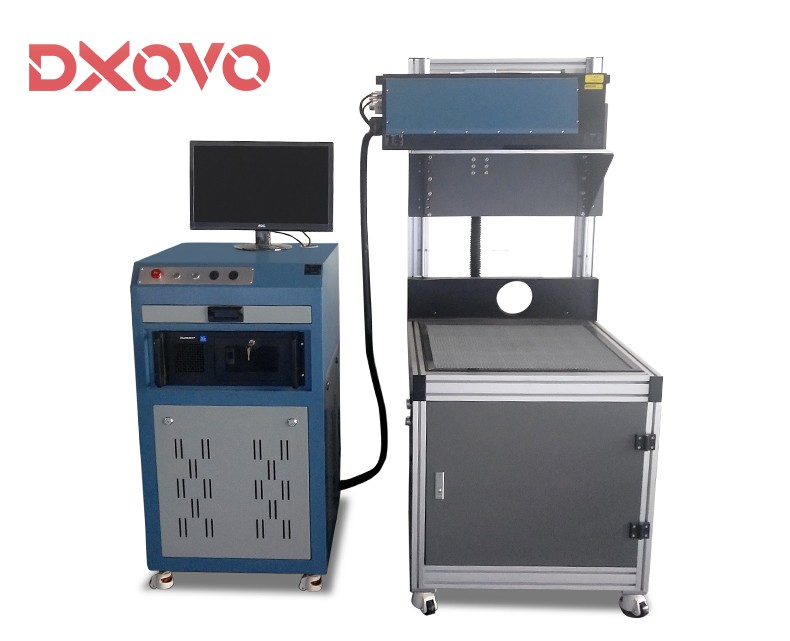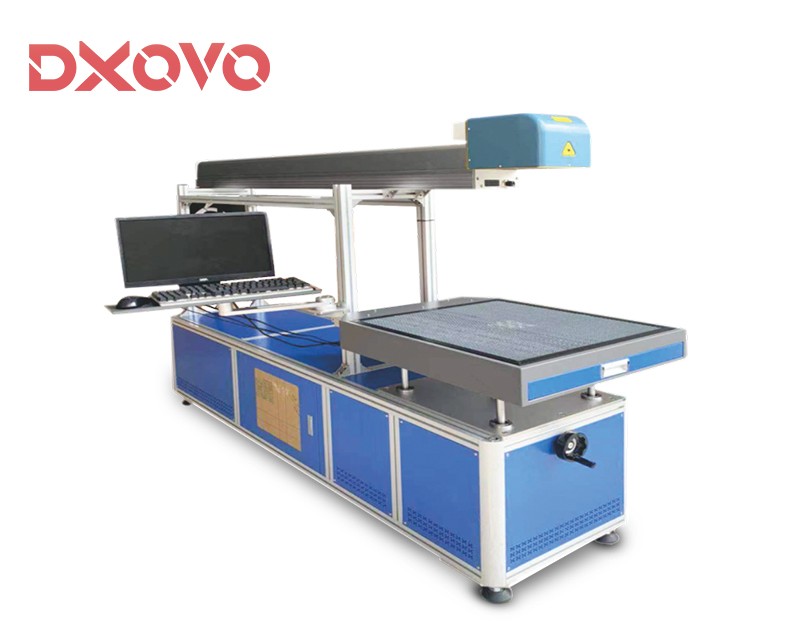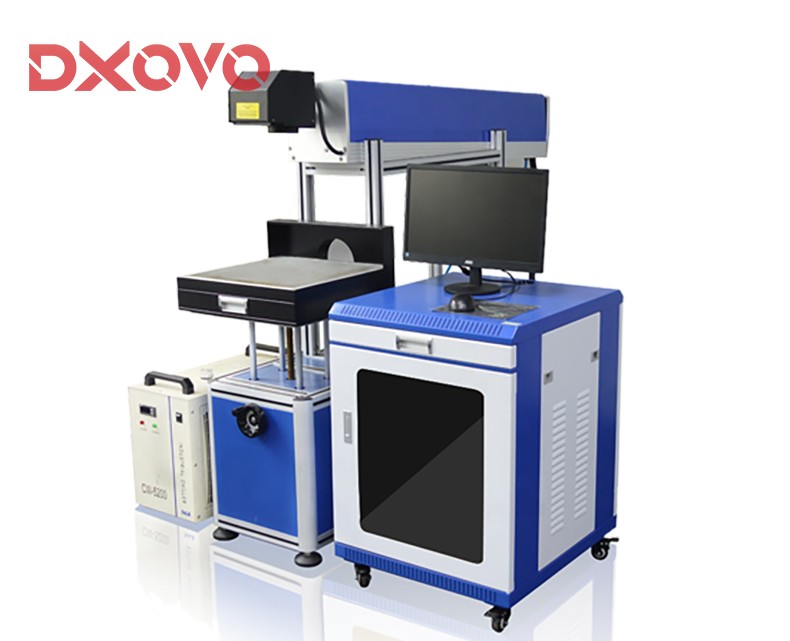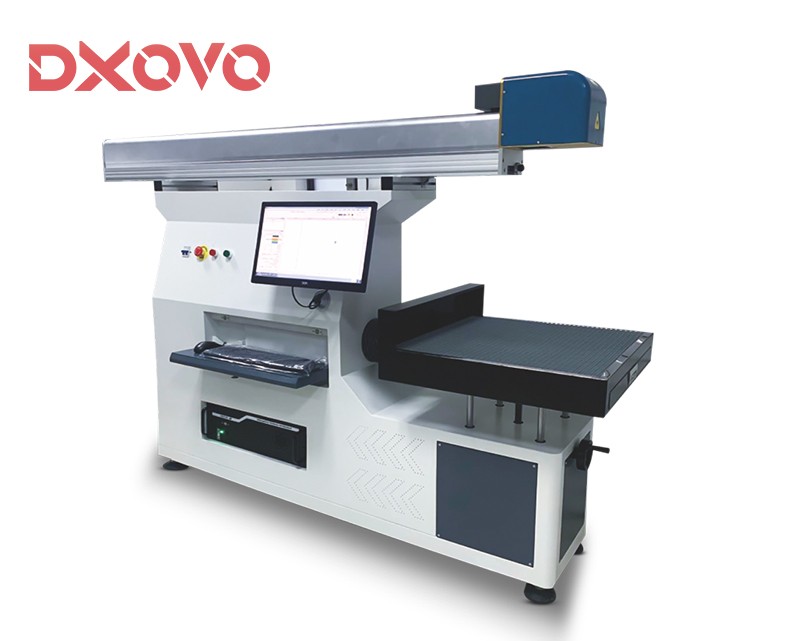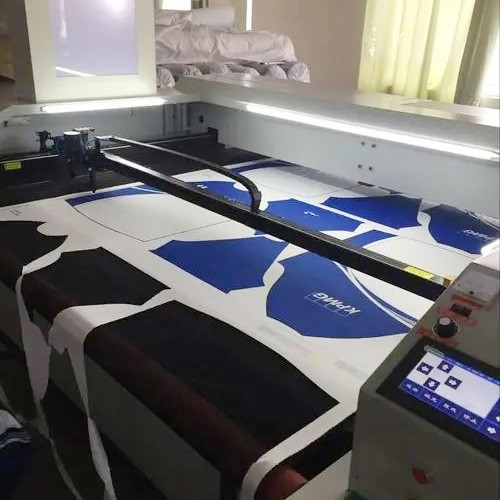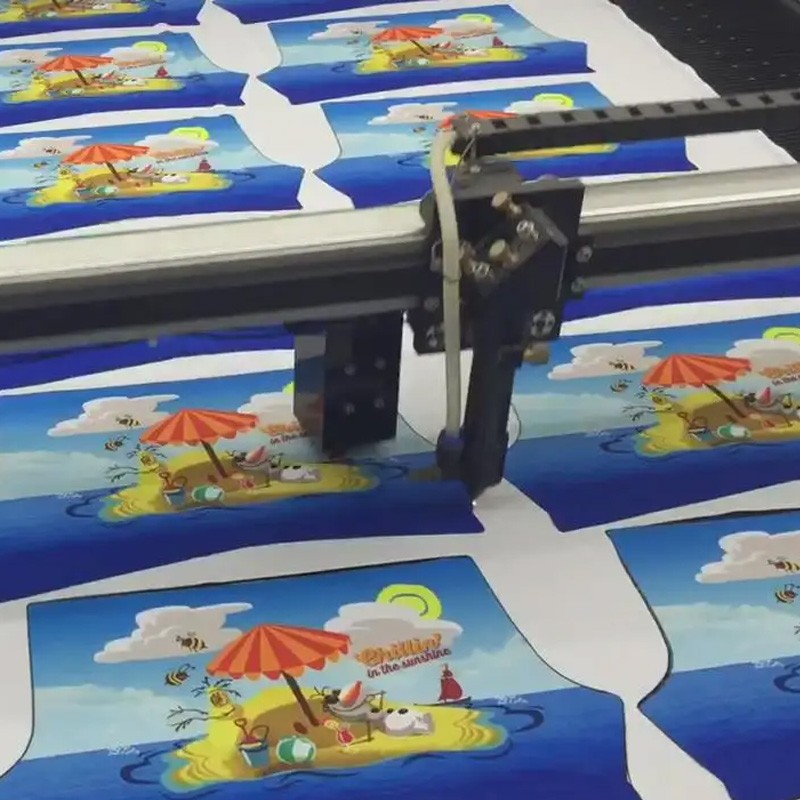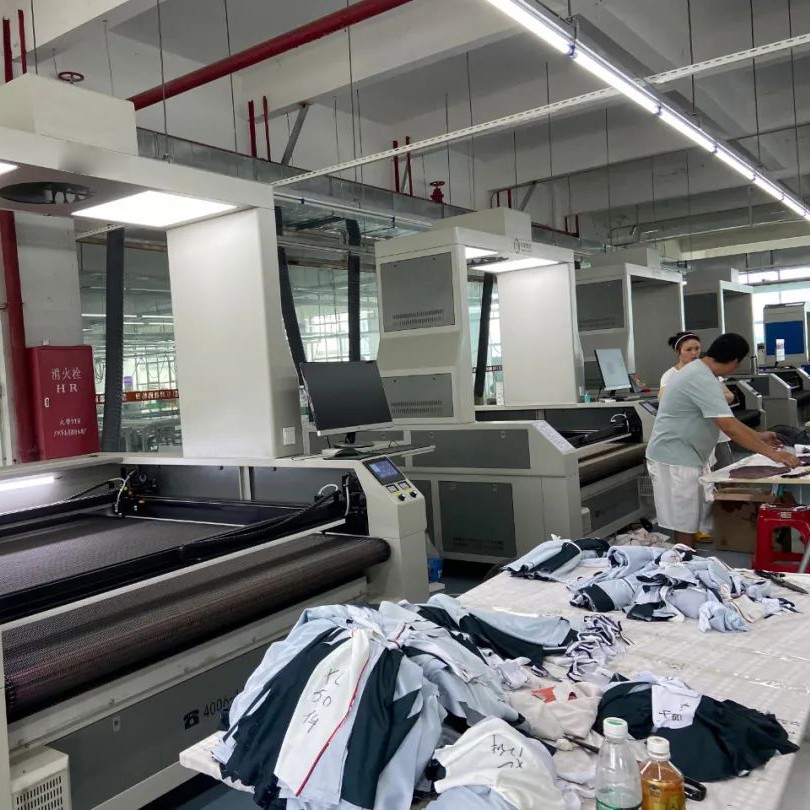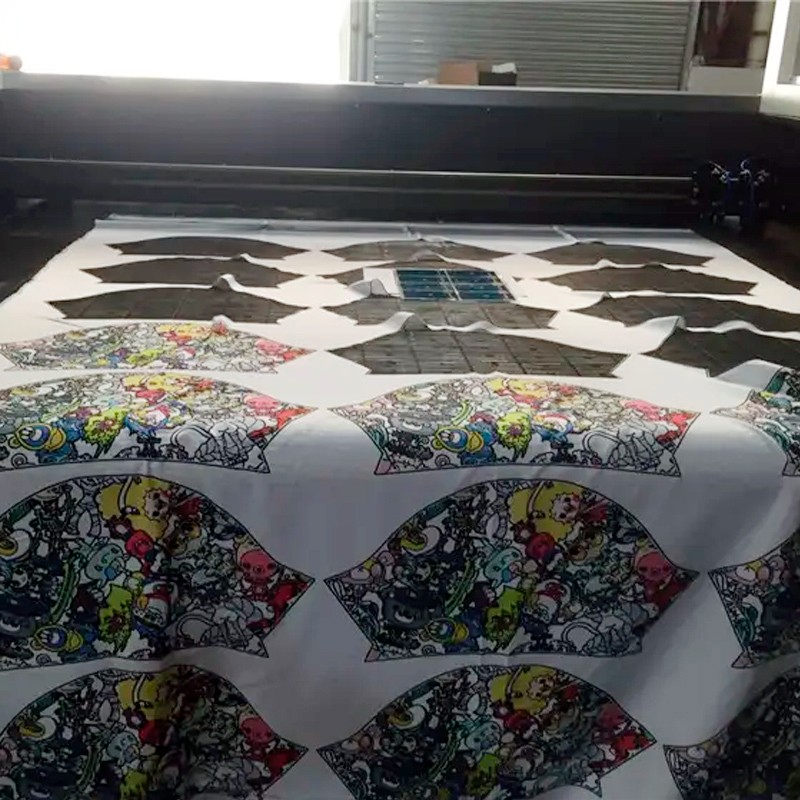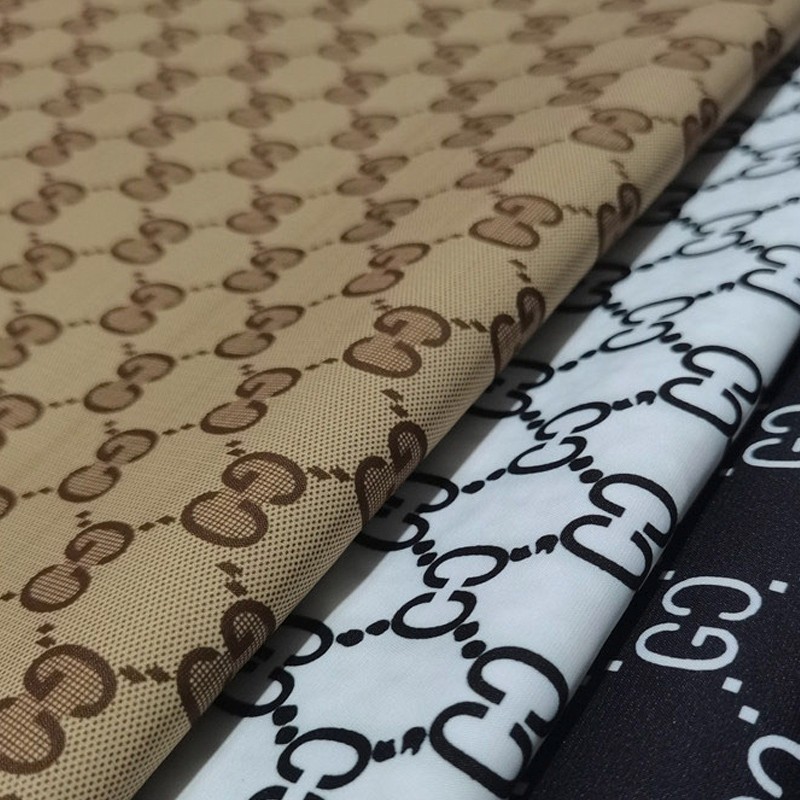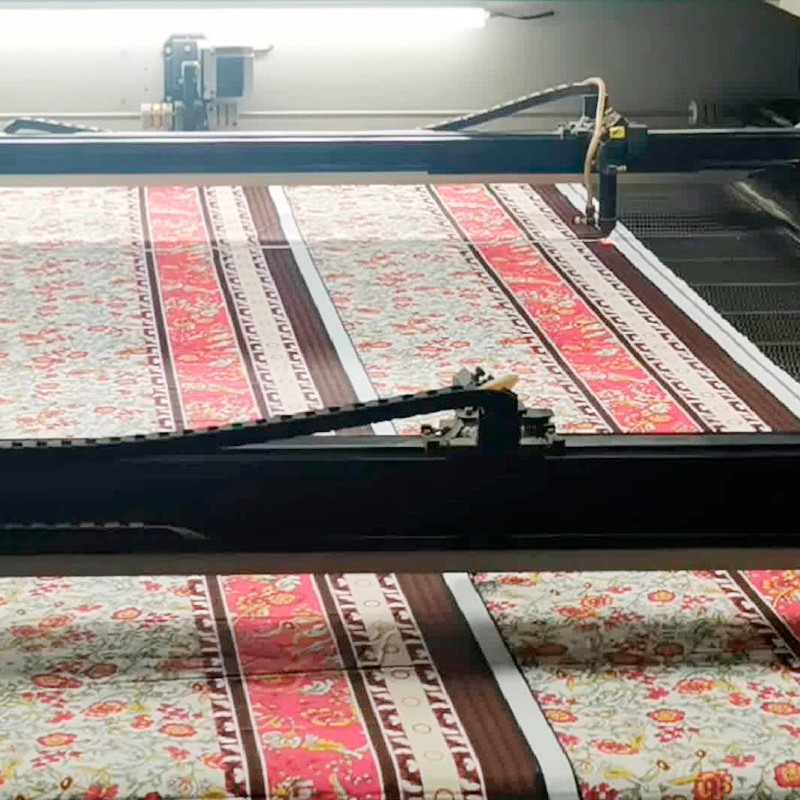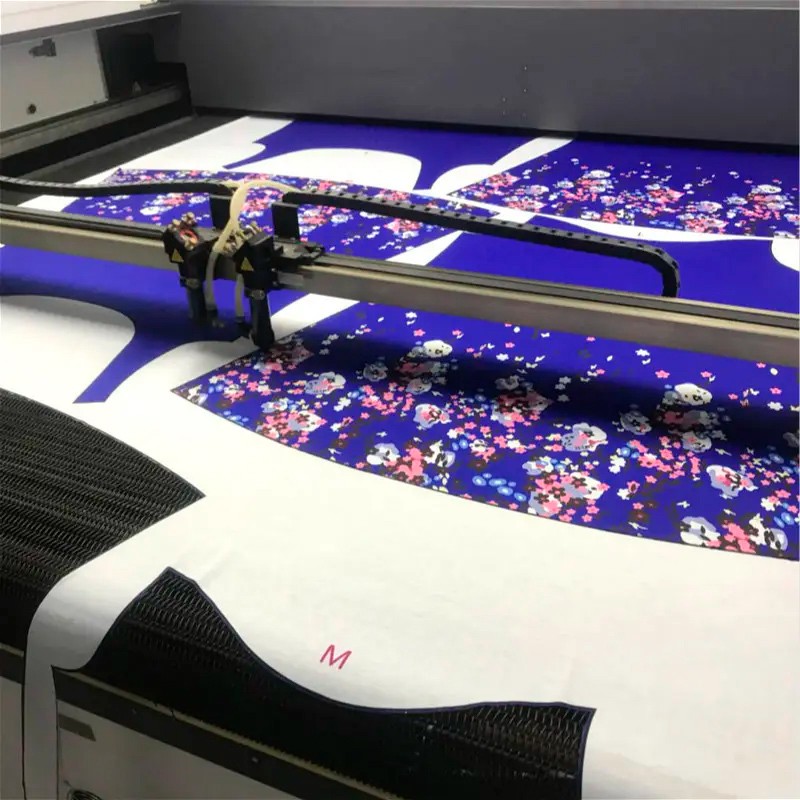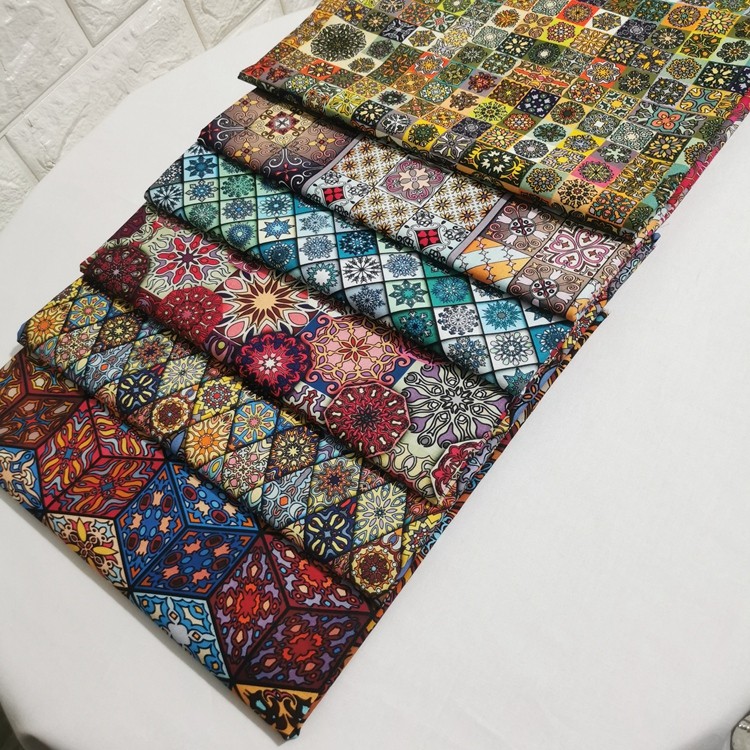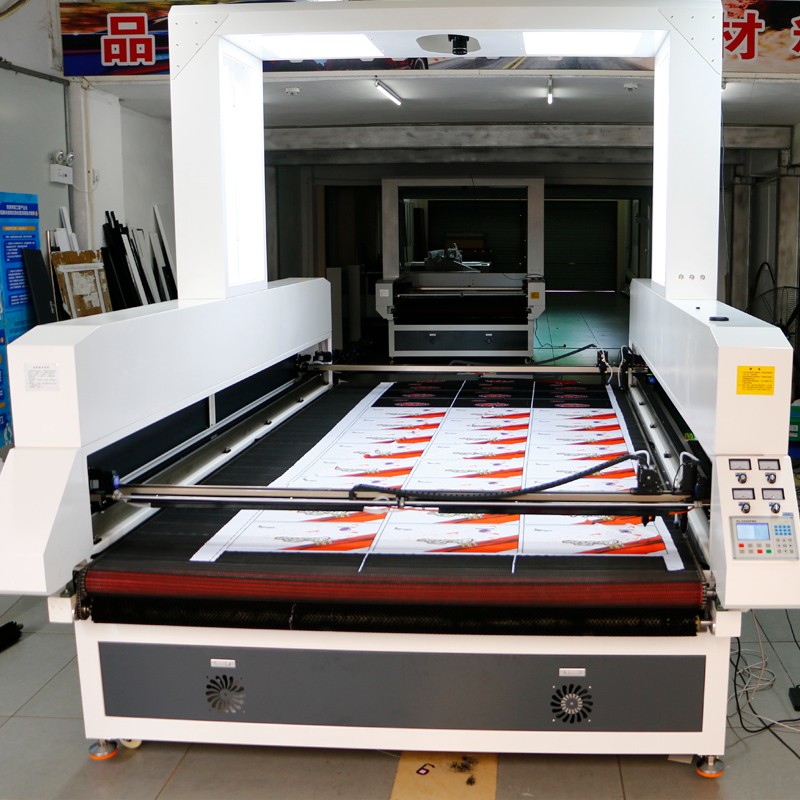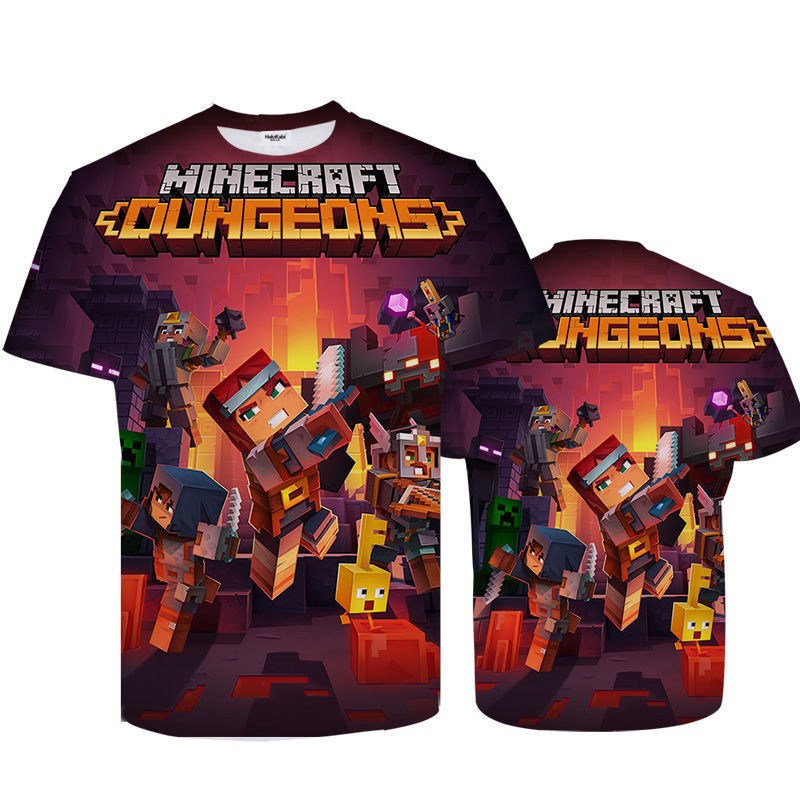Laser coding is closely related to food safety
Laser coding is closely related to food safety
In recent years, with the occurrence of a series of food safety incidents, food safety issues have attracted more and more attention, and once became a topic of discoloration among the people. There are many reasons for food safety problems, and some of them are caused by ink printing on food packaging. This not only causes pollution and endangers people's health, but also causes the problem of counterfeiting and selling because of easy alteration.
In response to the above problems, more and more food manufacturers have begun to use laser coding technology to replace traditional ink coding on packaging. The use of lasers to mark food packaging is not only fast and clear, but the marking information is permanently indelible, completely eliminating the hidden danger of artificially altering the identification information, and undoubtedly adding another layer of protection to food safety. In addition, laser coding equipment has no consumables, maintenance-free, and a long equipment life cycle, which is more conducive to the return on investment of enterprises from the long-term economic considerations.
Laser coding technology
Laser marking technology uses a laser beam to make permanent marks on the surface of various materials. The effect of marking is to expose the deep material through the evaporation of the surface material, or to "carve" traces through the chemical and physical changes of the surface material caused by light energy, or to burn off part of the material through light energy to show the required etching Patterns, text. At present, there are mainly two marking methods: "hot processing" and "cold processing":
"Hot processing" has a laser beam with a higher energy density (it is a concentrated energy flow) that irradiates the surface of the material to be processed. The surface of the material absorbs the laser energy and generates a thermal excitation process in the irradiated area, thereby making the surface of the material (or Coating) temperature rises, causing phenomena such as metamorphosis, melting, ablation, and evaporation.
" Cold processing " (ultraviolet) photons with very high load energy can break the chemical bonds in the material (especially organic materials) or the surrounding medium to cause the material to undergo non-thermal process damage. This kind of cold processing is of special significance in laser marking processing, because it is not thermal ablation, but cold peeling that does not produce "thermal damage" side effects and breaks chemical bonds, so it does not affect the inner layer and nearby areas of the processed surface. Produce heating or thermal deformation.
The laser is essentially a device that converts electrical energy into light energy, with a life span of hundreds of thousands of hours without consuming any auxiliary materials or consumables. Compared with ink jet printer, it is almost no consumables and maintenance-free equipment. The light spot after focusing is usually 0.03mm~0.1mm, so very fine characters or patterns can be marked. For example, the minimum character of the optical fiber marking machine can reach 0.2mm. Regardless of whether it uses "hot processing" or "cold processing" processes, laser marking is essentially a destructive "removal" process. Once the material is "removed", it cannot be recovered, unlike ink which is "incremental." It can be wiped off artificially. In addition, because ink contains heavy metal toxic elements such as lead, it is taboo to use in food and drug industries, while laser processing does not bring any substances, does not produce harmful elements, and belongs to non-toxic and nearly zero-emission processing equipment.
Laser coding is closely related to food safety
Contact Us
Business negotiation, looking for partners, Join Us.
